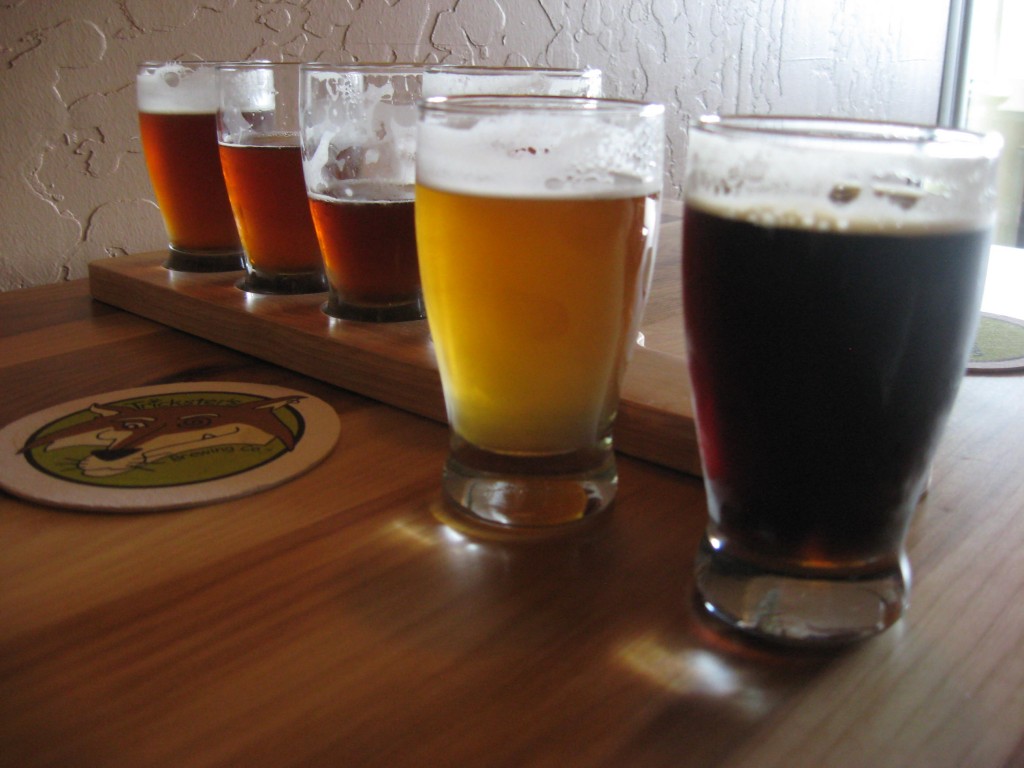PGA: we republished Maria Devan’s profile at at the end of this one so the reader may compare.


Profiled by Ken Carman for PGA
The nose is cascade/American hop/citrus like with a light grapefruit sense. Very light pilsener malt in the background.
Mostly good clarity with the very slightest sense of haze. The head is pillow with a few bubbles big to small.
I have to ask up front: what the hell makes this “wild?” I understand; they used wild hops, but if you get the same result as if you used regular commercial hops: what the hell’s the point?
Otherwise: if you’re looking for a light, slightly hoppy beer that has a slight pils sense to it, but none of that lager/sulfur sense: this is it For that it’s exceptional. A great gateway beer for the somewhat hop adverse quaffer.
Continue reading “Beer Profile: Saranac Wild Hops Pils”




 Your next specialty beer could cost you a lot more.
Your next specialty beer could cost you a lot more.
 It was like a punch in the face, today…
It was like a punch in the face, today… No, really we won and then ate a chicken dinner! But before we discuss such excitable matters, let’s talk about some other eventful happenings.
No, really we won and then ate a chicken dinner! But before we discuss such excitable matters, let’s talk about some other eventful happenings.
You must be logged in to post a comment.